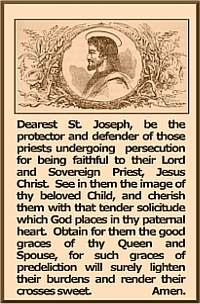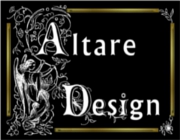The birth of Our Lord has long been celebrated with such joy and such drama in the Church’s history: Nativity plays, Posadas, the Three Kings, caroling, Christmas trees, Nativity scenes, Midnight Mass, and…….very special foods!
Is there a country without its delectable Christmas treats full of symbolic meaning? There is the German Lebkuchen, for example,which means “life cake”; so called because it keeps well, i.e., has a long life. It is symbolic of the new Life we find in the manger, the Heavenly Bread, the Bread of angels come down from heaven Who promises eternal life to those who receive Him.
Another is the German Christstollen – which secularists have renamed stollen – the shape of which is supposed to represent the Christ Child. The French have their Brioche, the Scotch their Bannock, the Bohemians the Vanocka, the Portuguese the Bolo de Natal , the Mexicans and Spaniards the roscón de Reyes, etc.
In looking over an old, Catholic cookbook, I was fascinated by the way Catholics all over attached symbolism to many foods on the Christmas menu. For instance, the book says that Armenians would celebrate Christmas Eve with a very simple meal of fried fish, lettuce and boiled spinach. It is a tradition in that country that Our Lady supped on such food on the night that Our Lord was born!
At one time, throughout the Catholic world, Christmas Eve was not a day of feasting, but rather of fasting. Italians, typically, would also eat fish on Christmas Eve, as did the Polish, and the Portuguese, and the Spaniards. Hmmm…perhaps there is something to the tradition that our Lady ate fish that night. Or maybe at one time the Catholic discipline of abstinence from meat was in force and no Catholic anywhere ate meat on Christmas Eve? I like the idea of the Armenians wanting to be like our Lady. When we love others, we want to do what they do.
The Polish Christmas Eve meal is known as the Wigilia. Sometimes the leftovers of the Wigilia were dispensed to animals, and even to the farm trees, this in the hope that “all living things will prosper which have been fed thus on Our Lord’s first night on earth.” (We had a somewhat similar ‘tradition’ in our home when the children were little. My daughter would prepare a stocking for her cat which would include treats and a bit of catnip rolled up in a sock. The cat, indeed, prospered! But she hated the Christmas bow around her neck.)
In long-ago England, it was the tradition to serve a boar’s head on a platter, encircled with bay leaves and rosemary, its tusks decorated with fresh fruits. Inside the head were two stuffings – one consisting of pig’s liver, chopped apples, onion, sage and rosemary, and the other of sausage meat, ox tongue, truffles, apples mushrooms, and pistachios. (The cookbook does not explain the symbolic meaning of all this.) Another Christmas tradition was that of the roast peacock, although a pheasant would do in a pinch. The point is that Christmas was an extraordinarily special day!
We do not celebrate a memory. We celebrate an eternal reality made supernaturally present here and now, so that all of creation shares in the graces of every Christmas. But the best gift is eternal life for those of good will who in humility will submit to the rule of the Child in the manger.
Whatever your meal – whether boar, peacock, pozole, besugo, or ham – a merry and blessed Christmas!




